18 Rare Animal Migrations You Can Witness Around the World
Animal migrations are some of the most incredible natural events to witness. From the vast skies filled with migrating birds to the deep oceans where marine creatures travel thousands of miles, these journeys highlight the resilience and adaptability of wildlife. Every year, various species embark on long, challenging trips to find food, reproduce, or escape harsh conditions. Some migrations are so rare and remarkable that they attract travelers and scientists alike. These journeys span continents, oceans, and ecosystems, offering a unique glimpse into the wonders of nature.
This post may contain affiliate links, which helps keep this content free. Please read our disclosure for more info.
Monarch Butterflies in North America
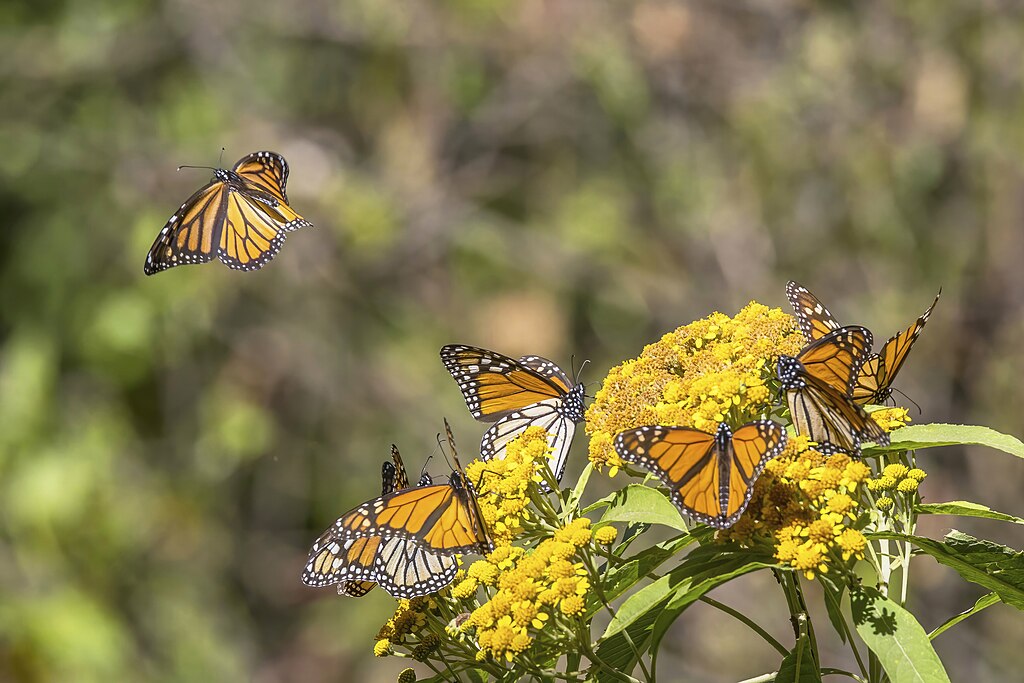
Each year, millions of Monarch butterflies embark on a lengthy migration from Canada and the United States to Mexico. These butterflies travel around 2,500 miles to reach their wintering grounds in the Sierra Madre mountains. Along the way, they rely on environmental cues such as temperature and wind patterns to guide their journey.
Once in Mexico, they gather in forests, covering trees with their orange-and-black wings. This remarkable migration is not only a survival instinct but also a fascinating display of endurance and navigation. The Monarch butterfly migration is one of the most well-documented and celebrated migrations in the insect world.
Wildebeest in Africa
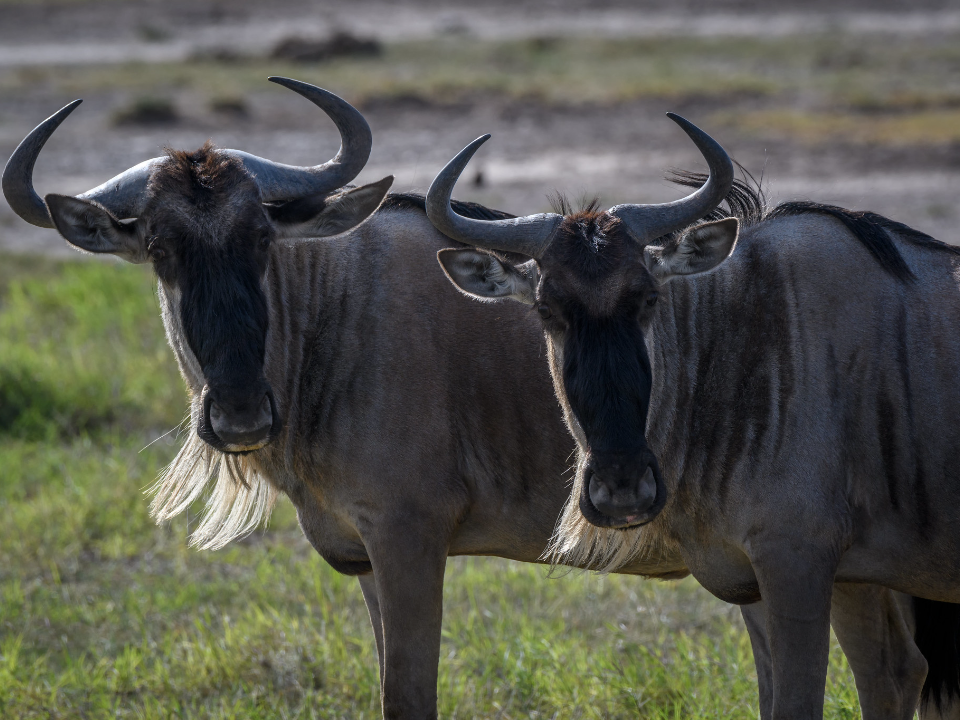
The Great Migration in Africa is a natural spectacle that takes place in the Serengeti and Maasai Mara ecosystems. Every year, over 1.5 million wildebeest, accompanied by zebras and gazelles, move in search of fresh grazing grounds. This journey spans thousands of miles, with the animals crossing treacherous rivers, enduring predators, and adapting to changing weather conditions.
The wildebeest migration follows the seasonal rainfall patterns, which dictate where the animals find the best grazing conditions. The event culminates in the dramatic river crossings, where thousands of animals attempt to navigate the perilous waters while being pursued by crocodiles and other predators. This migration is an essential part of maintaining the ecosystem’s balance.
Arctic Terns in the Arctic and Antarctic
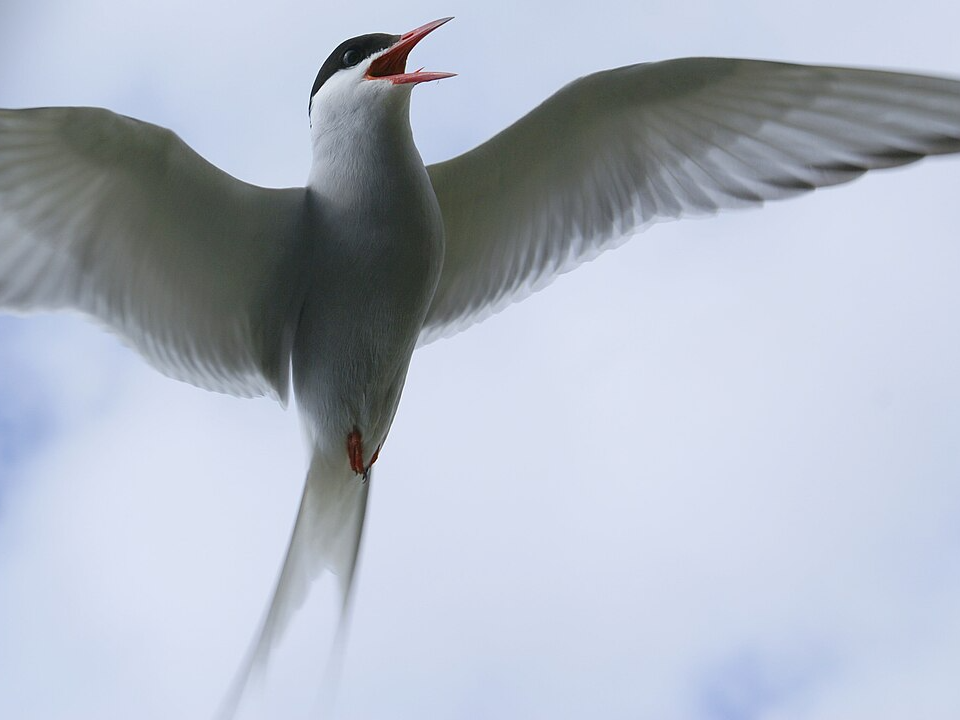
The Arctic Tern is known for having the longest migration of any animal. Every year, these small seabirds travel from their breeding grounds in the Arctic to the Antarctic, covering a distance of up to 25,000 miles. This journey takes them across some of the world’s most remote and challenging environments.
During their migration, Arctic Terns experience two summers, as they fly from the northern hemisphere to the southern hemisphere. Their route crosses multiple countries and oceans, with the birds relying on their remarkable navigational abilities to find their way. The migration of the Arctic Tern is a testament to their resilience and endurance.
Gray Whales in the Pacific Ocean
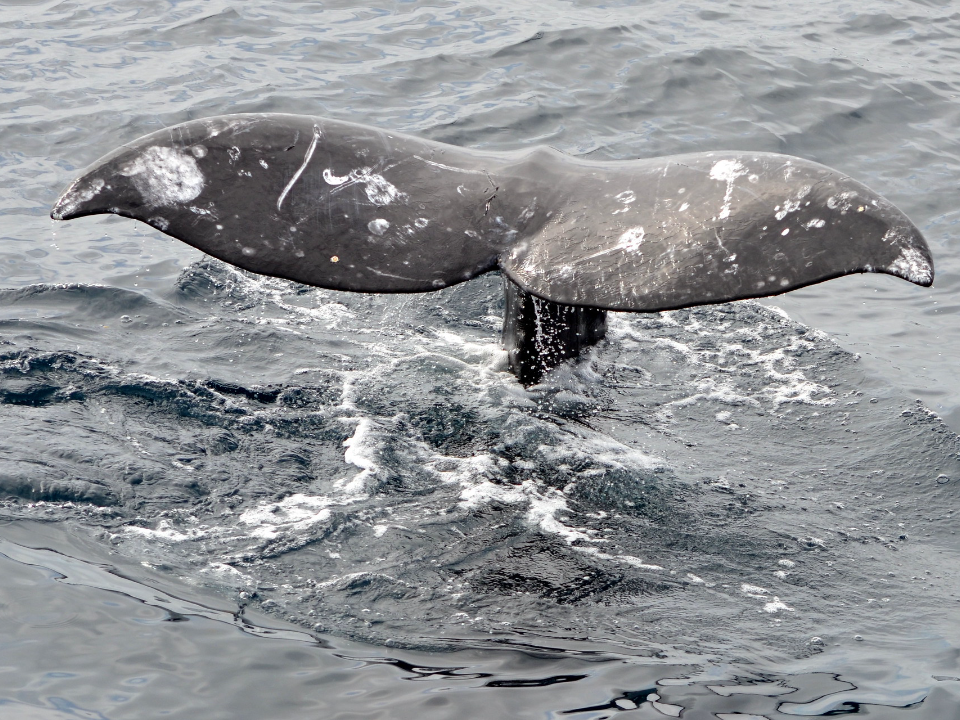
Gray whales are known for their incredible migration across the Pacific Ocean, traveling between feeding grounds in the Arctic and breeding grounds off the coast of Baja California in Mexico. This journey spans up to 12,000 miles, making it one of the longest migrations for any mammal.
The whales travel in pods and rely on their memory of migration routes to navigate the ocean. Along the way, they often pass through coastal regions, where they are sometimes spotted by curious onlookers. The gray whale migration is a vital part of the marine ecosystem, helping to maintain the balance of oceanic life.
Salmon in North America
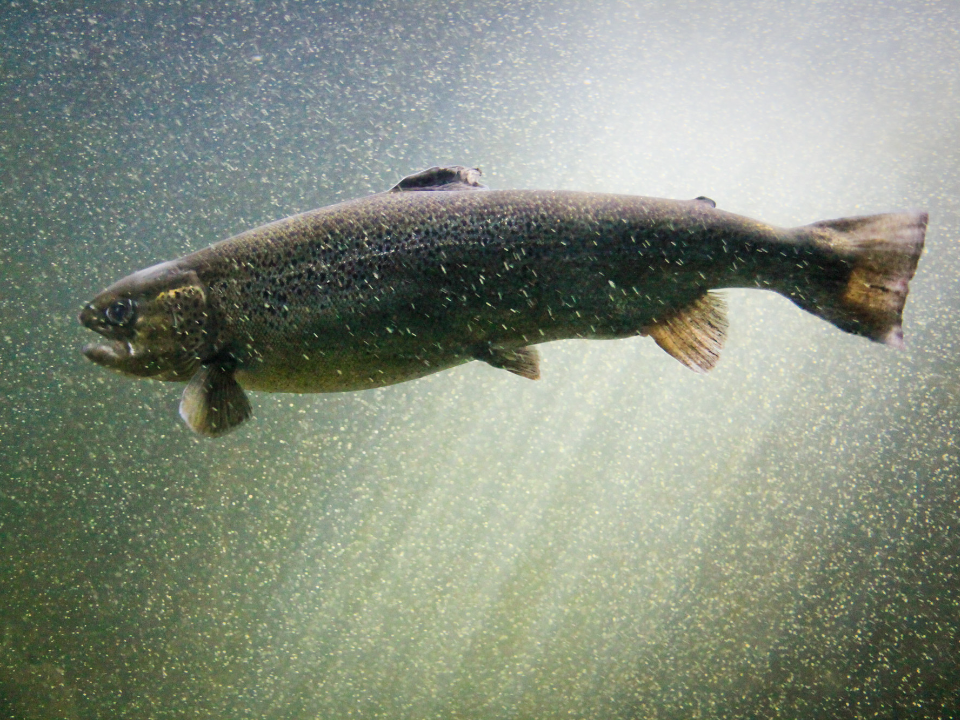
Salmon migration is a well-known phenomenon in the rivers and streams of North America. Every year, millions of salmon travel from the ocean to the freshwater rivers where they were born, returning to spawn and complete their life cycle. This arduous journey often involves swimming against strong currents and overcoming obstacles such as dams.
During their migration, the salmon are an essential food source for many predators, including bears, birds, and even humans. This migration is critical for the survival of the species and supports a diverse range of wildlife. The lifecycle of the salmon migration also plays a significant role in the health of freshwater ecosystems.
Caribou in North America
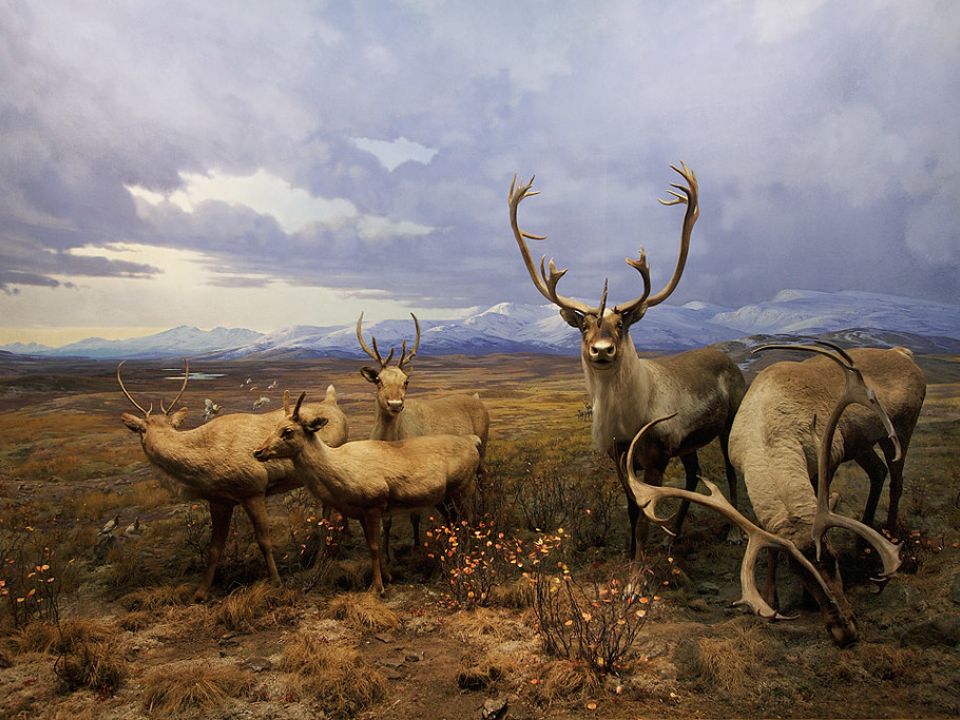
The caribou migration in North America is another incredible natural event, particularly in the tundra regions of Alaska and Canada. Each year, herds of caribou travel thousands of miles to reach their calving grounds. The caribou’s migration is dictated by the changing seasons and the availability of food.
Caribou are uniquely adapted to withstand the extreme cold, and their migrations are timed to ensure they are in the best conditions for calving. The herds are often joined by wolves, which follow the caribou in hopes of finding food. The caribou migration is vital for sustaining the ecosystems of the Arctic and boreal regions.
Humpback Whales in the Atlantic Ocean
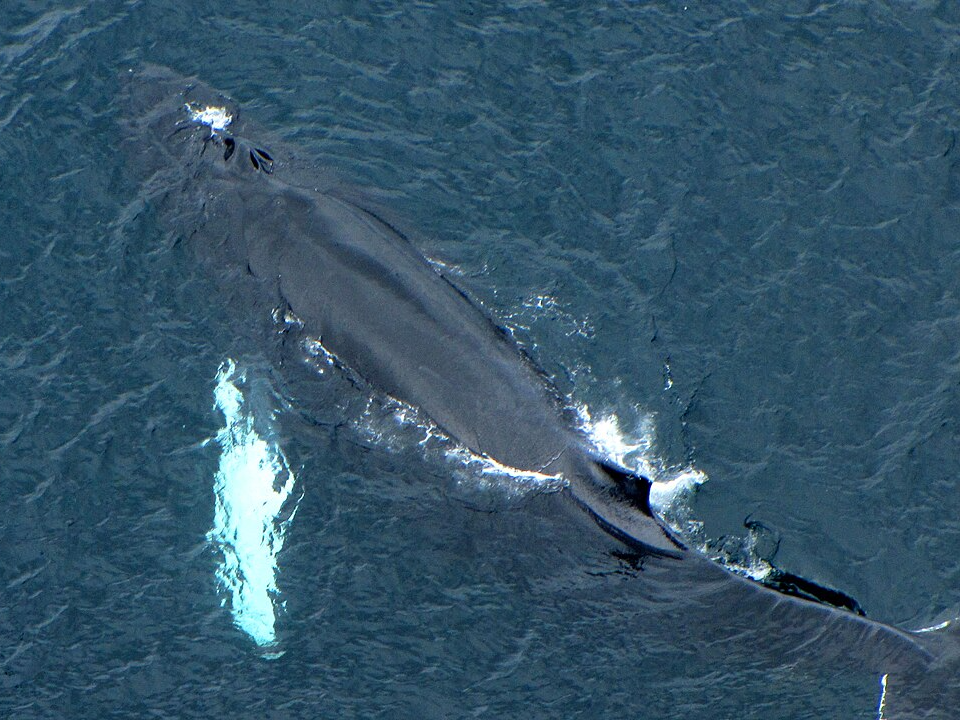
Humpback whales are known for their long migration patterns, particularly in the Atlantic Ocean. These whales travel between feeding grounds in the North Atlantic to breeding grounds in the warm waters of the Caribbean. The migration route covers thousands of miles, with humpback whales often traveling in groups.
Along the way, humpback whales rely on their social structures to communicate and navigate. Their migration is an essential aspect of their life cycle, as they need the warmer waters to breed and give birth. The humpback whale migration is not only a wonder of nature but also an indicator of the health of the oceanic environment.
Sooty Terns in the Indian Ocean
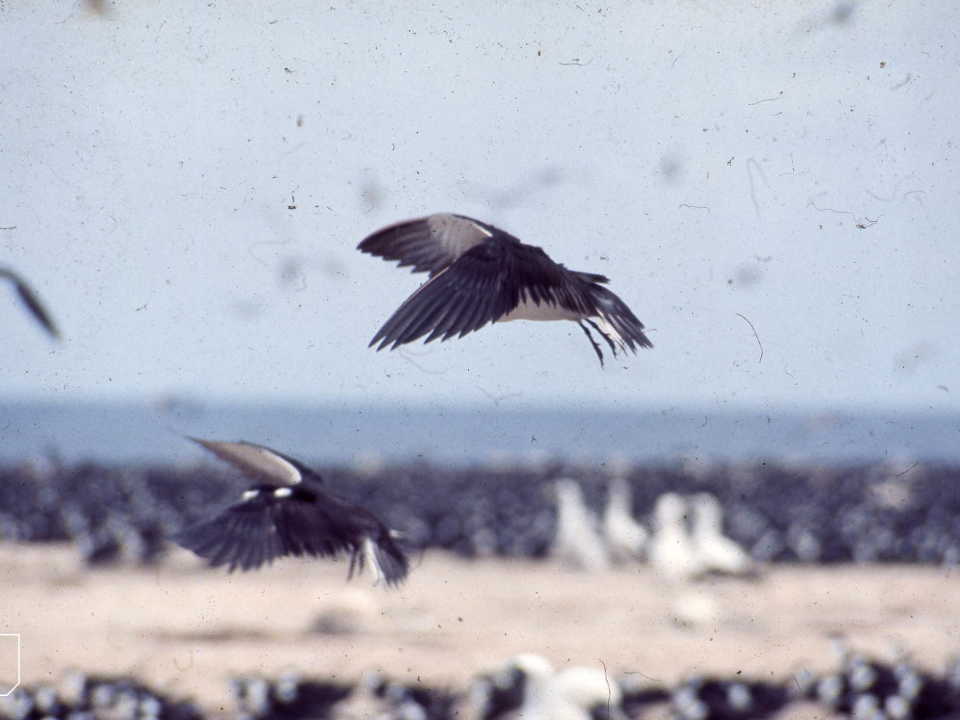
Sooty Terns are known for their impressive migration across the Indian Ocean. These seabirds breed on islands in the Indian Ocean and then travel thousands of miles across the ocean to their feeding grounds. During their migration, sooty terns cover vast distances, often navigating without ever touching land.
The sooty tern’s migration is closely linked to the availability of food in the ocean, particularly fish and squid. These birds are incredibly resilient, able to withstand long periods at sea without stopping for rest. The sooty tern’s migration highlights the adaptability of birds to oceanic environments.
European Eels in the Atlantic Ocean
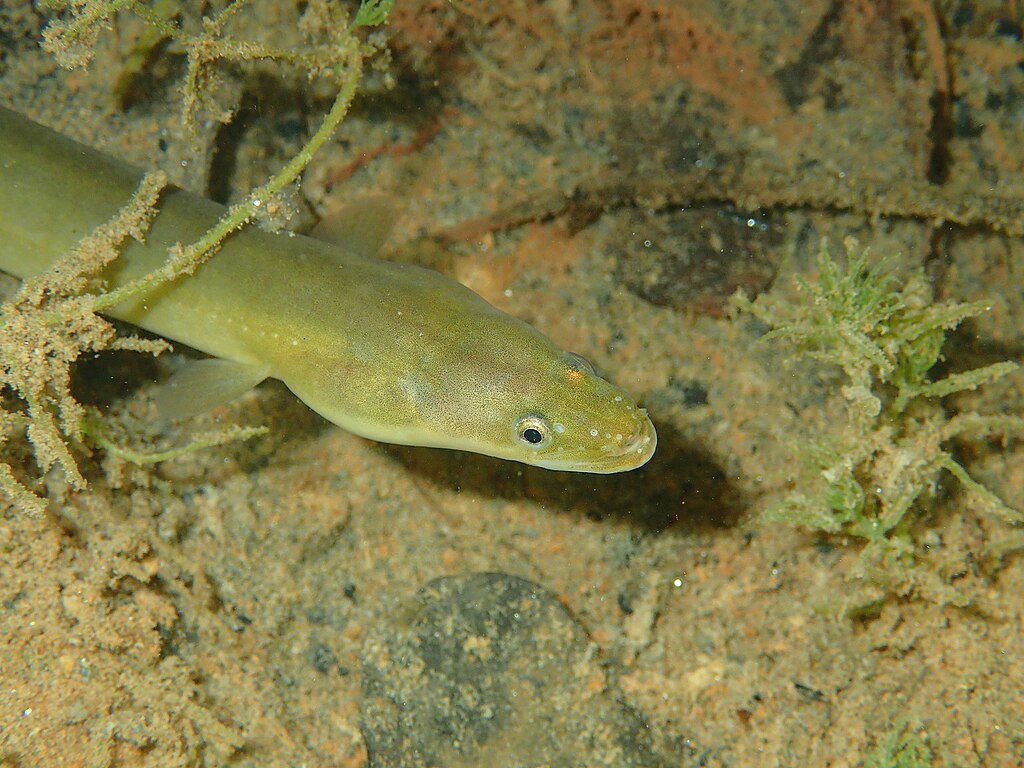
European eels have a mysterious and fascinating migration pattern. These eels are born in the Sargasso Sea, a region in the North Atlantic Ocean, and then travel to European rivers where they spend the majority of their lives. After many years, the eels return to the Sargasso Sea to spawn and complete their life cycle.
The European eel’s migration is still not fully understood, as these eels are known to travel across vast distances without the use of modern navigation aids. Their journey is one of the most remarkable among fish species, and the survival of their species depends on the successful completion of this migration. Unfortunately, the European eel population has been declining due to overfishing and environmental changes.
Gray Wolves in North America
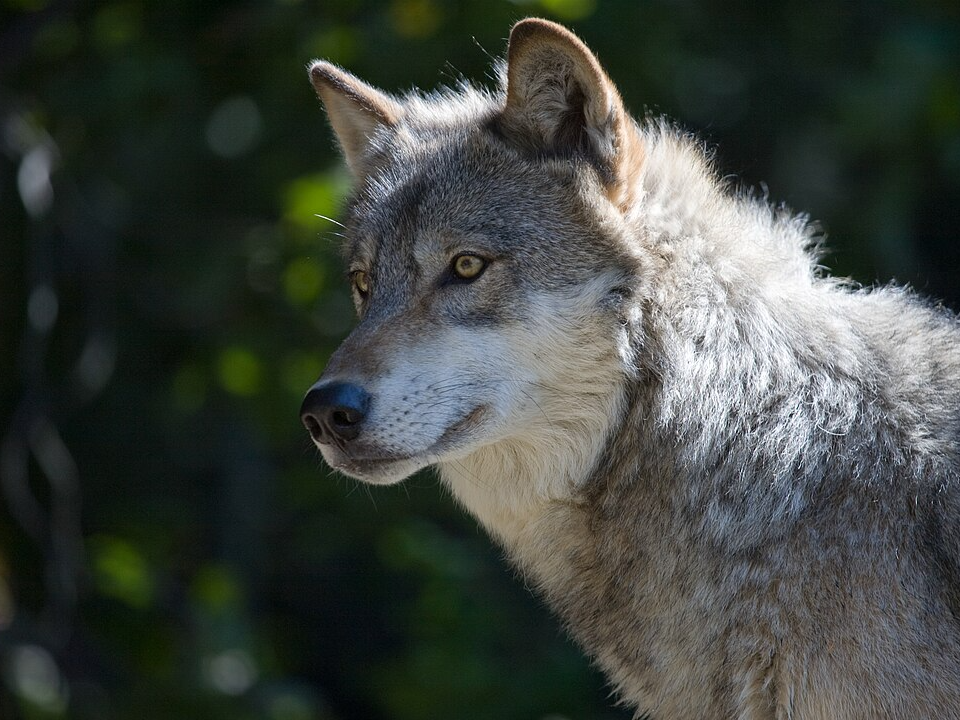
While gray wolves do not undertake the same long-distance migrations as other species, they do engage in seasonal movement patterns. Gray wolves in North America are known to travel across large territories in search of food, particularly during the winter months when prey is scarcer. Their movements are influenced by the availability of food and the changing weather conditions.
Gray wolves are territorial animals, and their migration or movement patterns help them maintain control over their range. Their migratory behavior is vital to ensuring the stability of ecosystems by controlling the population of other animals, such as deer and elk. The gray wolf’s role in the ecosystem is crucial, and their movements reflect the delicate balance of the environment.
Great White Sharks in the Pacific Ocean
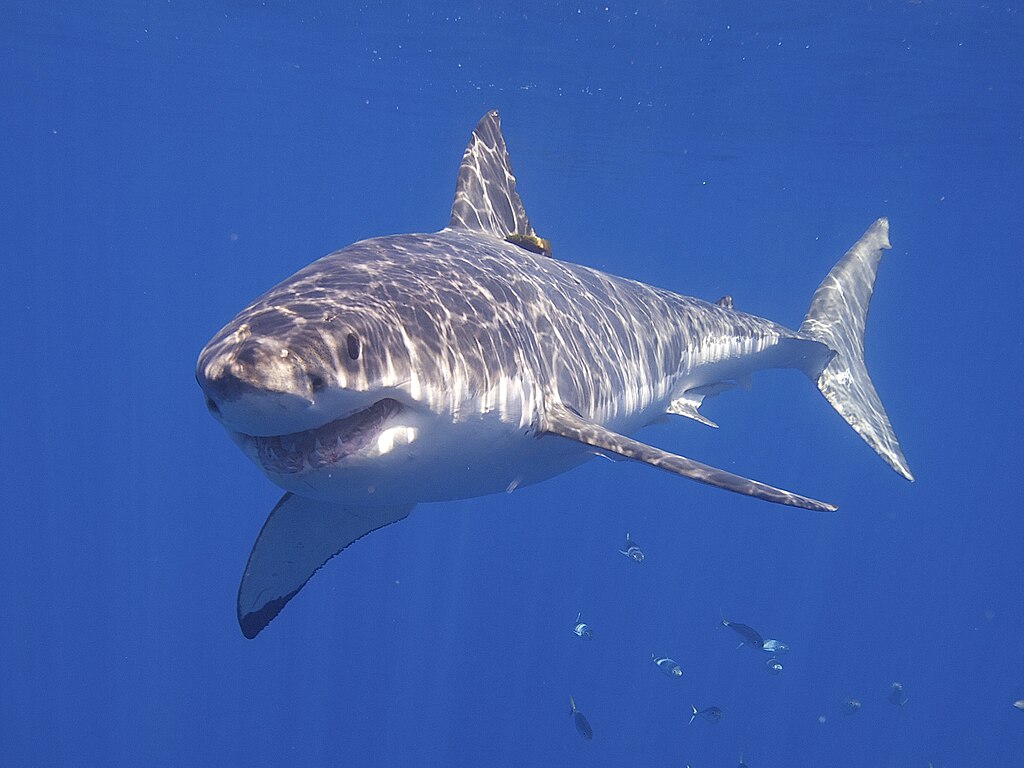
Great white sharks are known for their long migrations across the Pacific Ocean. These apex predators travel thousands of miles between feeding grounds in cold waters to breeding grounds in warmer waters. The shark’s migration is closely tied to the availability of food, particularly seals, which are a primary source of nutrition for these powerful creatures.
Along their journey, great white sharks navigate vast distances, often traveling alone. They rely on their keen senses and natural instincts to guide them to their destinations. The migration of the great white shark is essential for the species’ survival and plays a role in maintaining the health of marine ecosystems.
Sardines in the Atlantic Ocean
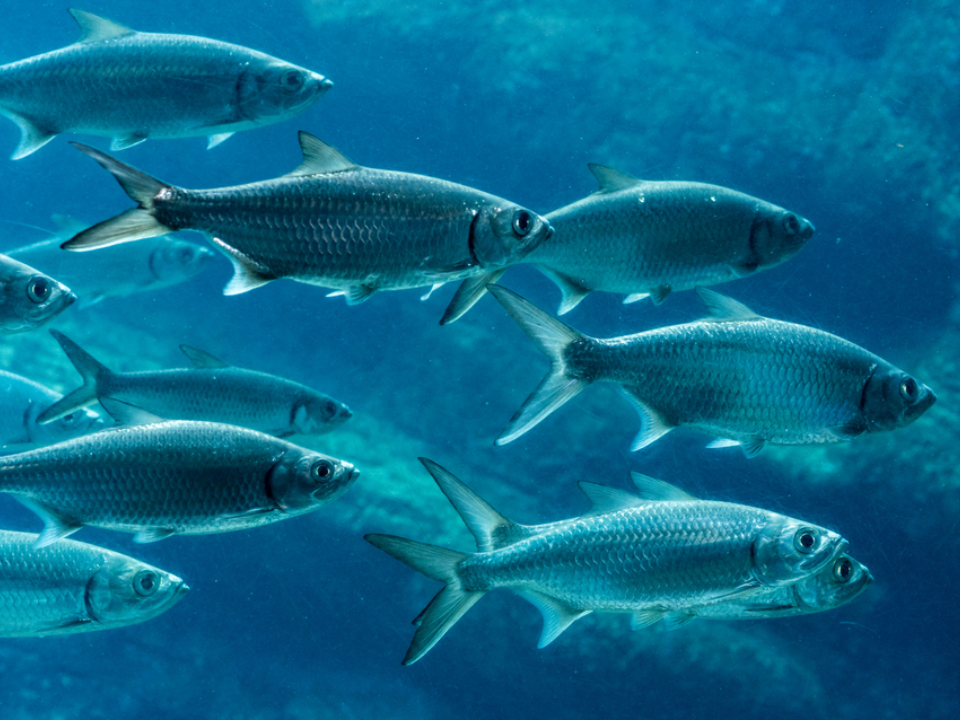
Sardines are small fish that undertake significant migrations across the Atlantic Ocean. They typically travel in large schools, following ocean currents and temperature changes. Their migrations are often prompted by the need to find suitable feeding grounds, where plankton is abundant.
Sardines play a crucial role in the food chain, serving as a primary food source for many marine predators, including larger fish, seabirds, and marine mammals. Their migration helps to maintain the balance of marine life and supports the health of the ocean ecosystem. Sardine migrations are an important part of marine biodiversity and the global fishing industry.
African Elephants in Africa
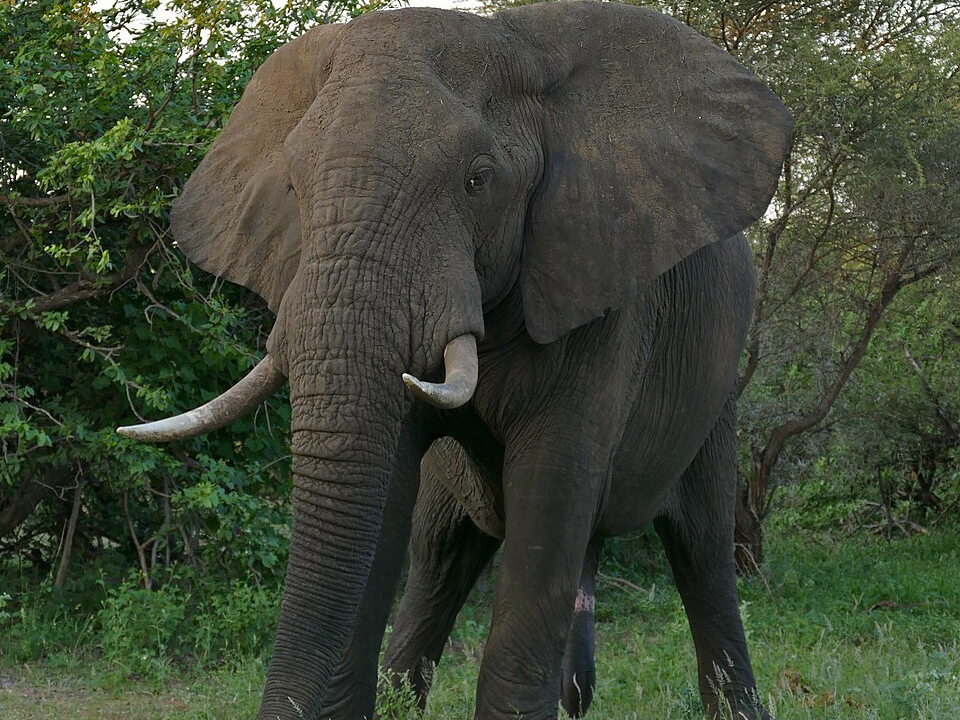
African elephants engage in seasonal migrations, moving across vast distances in search of water and food. These migrations are driven by the dry season, which causes the availability of resources to fluctuate. Elephants often travel in herds, with older members of the group guiding the younger ones.
Elephant migration patterns are critical to maintaining the ecological balance in the areas they inhabit. As they move across the landscape, they help to disperse seeds and create pathways that other animals can use. The migration of elephants is an essential part of African ecosystems, and their movements reflect the interconnectedness of the environment.
Alaskan Brown Bears in Alaska
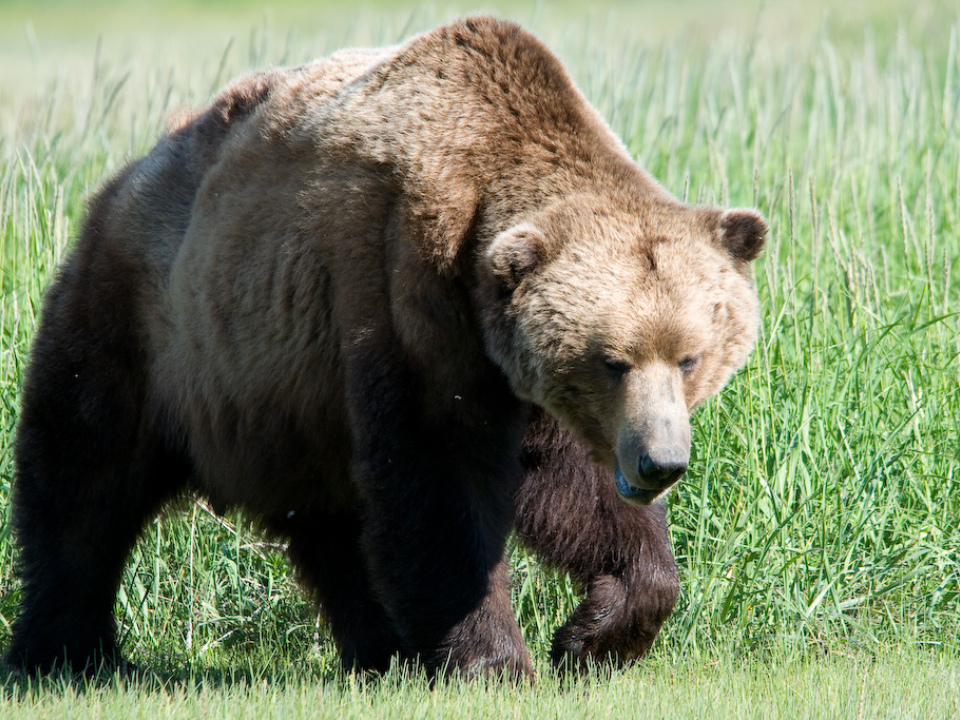
Alaskan brown bears are known for their seasonal migrations, particularly in search of salmon. During the summer months, these bears travel to rivers and streams, where they feast on salmon as part of their diet. After the salmon runs have ended, the bears move back to higher ground in search of other food sources.
Their migration is crucial for their survival, as it allows them to obtain the necessary nutrients to sustain them through the harsh Alaskan winters. These migrations also play a role in maintaining the balance of the ecosystem by regulating fish populations. The journey of the Alaskan brown bear is a reflection of the cyclical nature of the environment.
Red Crabs in Australia
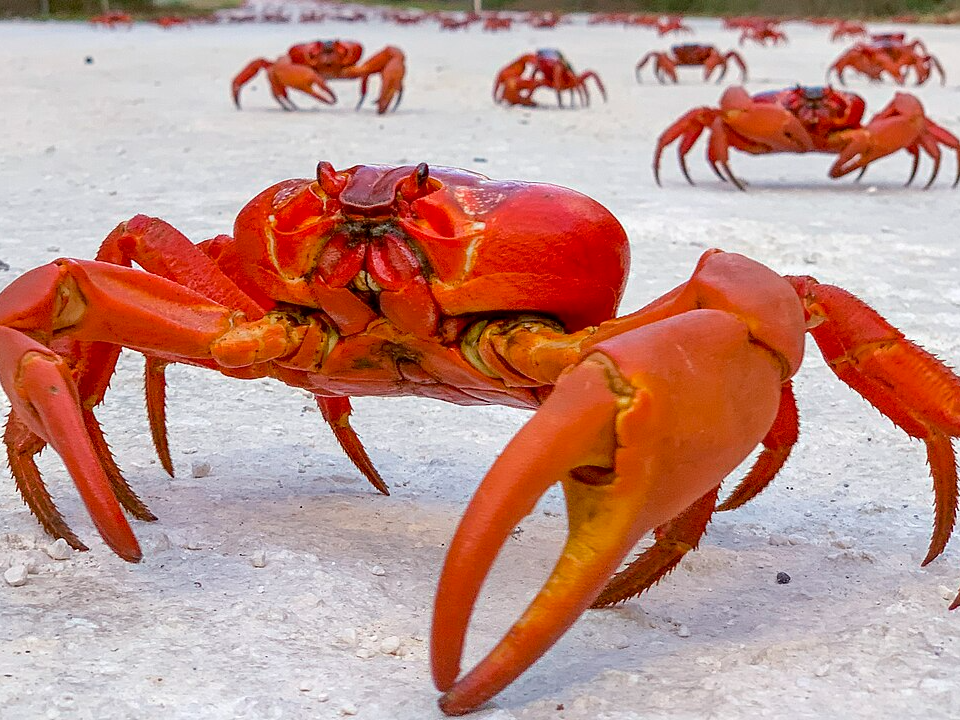
The migration of red crabs on Christmas Island in Australia is a unique event that takes place annually. Millions of crabs move from the forest to the ocean to breed, a journey that can span several kilometers. This migration occurs during the wet season, when the island experiences heavy rainfall, creating the perfect conditions for the crabs to breed.
The red crab migration is not only a spectacular sight but also a significant event in the island’s ecosystem. During their migration, the crabs are at risk of being preyed upon by birds and other animals. However, their numbers are so vast that they overwhelm any predators. This migration is a remarkable demonstration of the resilience and cooperation of nature.
Bar-Tailed Godwits in the Pacific Ocean
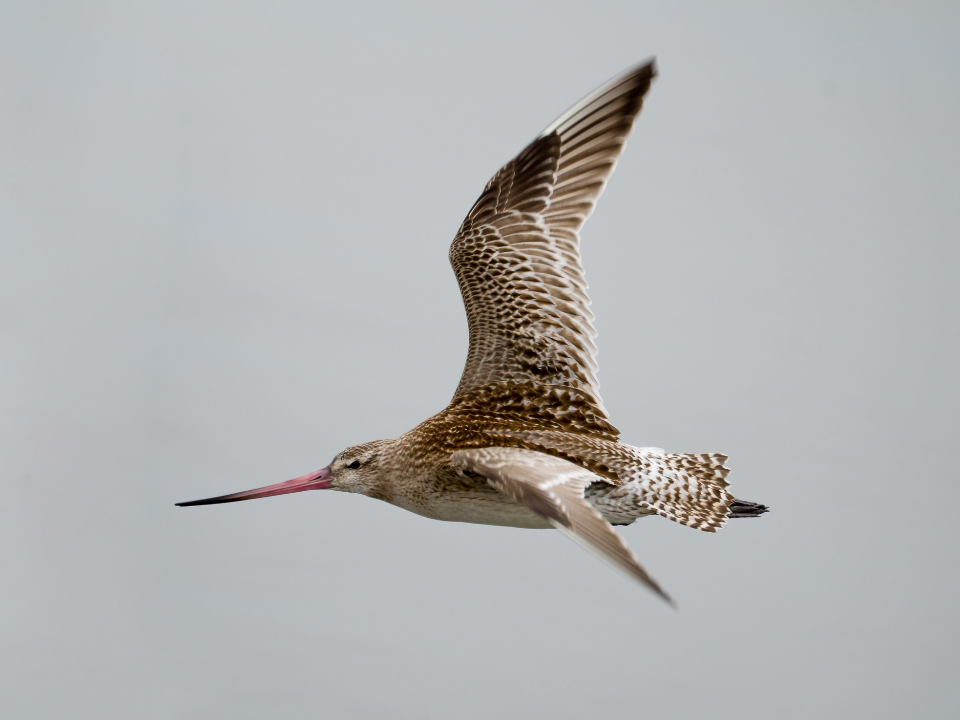
Bar-tailed godwits are small migratory birds that undertake one of the longest non-stop migrations of any bird. These birds travel from their breeding grounds in Alaska to their wintering grounds in New Zealand and Australia. During this migration, the godwits fly over 7,000 miles without stopping to rest.
Their migration is a critical aspect of their life cycle, as they need to find abundant food sources in warmer climates to survive. The godwits use a combination of environmental cues and natural navigation to guide their journey. Their ability to make such a long journey without rest is a remarkable feat of endurance and skill.
African Penguins in South Africa
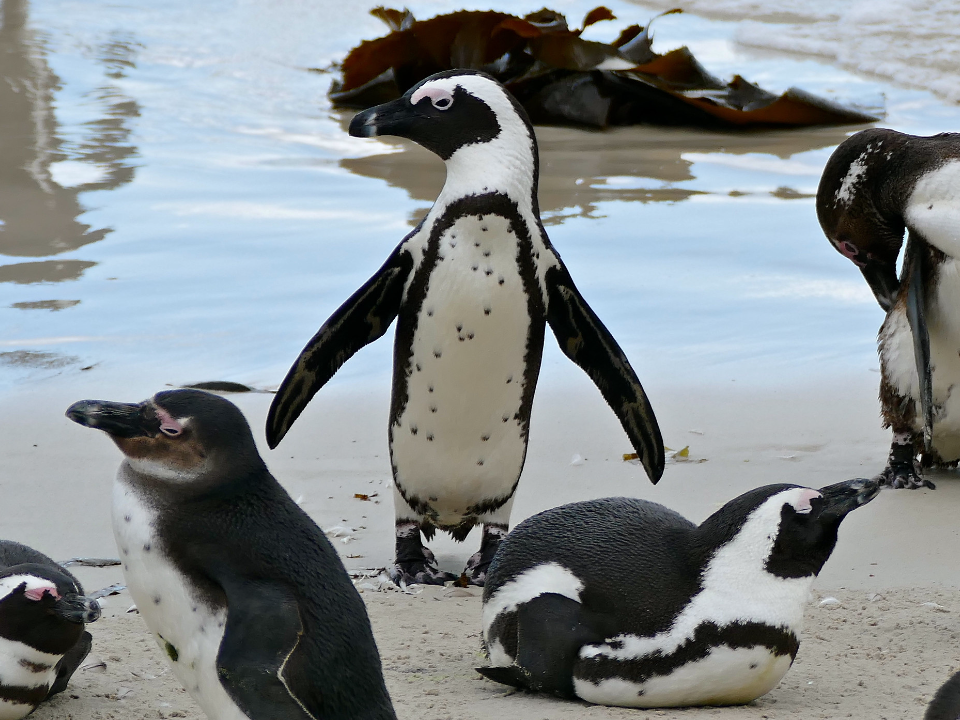
African penguins are known for their migrations along the coastlines of South Africa and Namibia. These penguins travel between breeding colonies and feeding grounds, where they dive for fish. Their migration is closely tied to the availability of food and the changing ocean temperatures.
These penguins are unique in their ability to live in warmer climates compared to other penguin species, which are typically found in colder regions. The migration of African penguins is vital for their survival, as it helps them maintain access to the fish that form the core of their diet. Their migration is an essential part of maintaining the balance of marine ecosystems in the region.
Snow Geese in North America
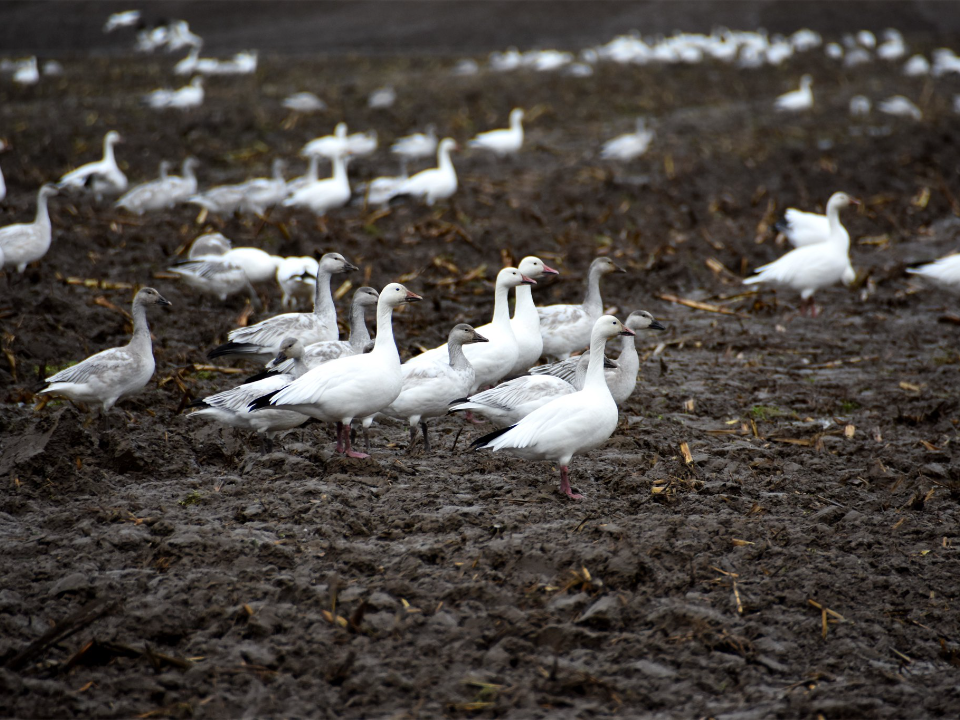
Snow geese are known for their dramatic migrations from their breeding grounds in the Arctic to the southern United States and Mexico. Each year, millions of these geese travel thousands of miles to find suitable feeding grounds. Their migration is triggered by the need to find open water and abundant food sources during the colder months.
During their migration, snow geese often travel in large flocks, which provide protection against predators. Their movement patterns are closely tied to the availability of wetlands and agricultural fields. Snow geese play an important role in the ecosystems they pass through, and their migration is a key event in the seasonal rhythms of North American wildlife.
This article originally appeared on Avocadu.
